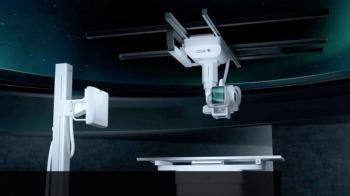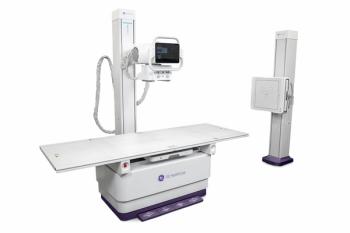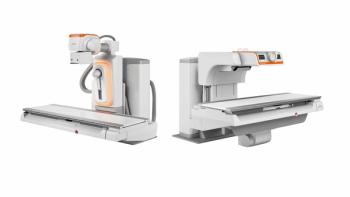
Gaming Console Software Improves Radiography Images
CHICAGO-Radiography images can be improved with gaming technology that recognizes issues that affect image quality.
Software developed for a gaming console allows for the measurement of body-part thickness, and checking for motion, positioning, and collimation before radiography, according to a study presented at the annual meeting of the Radiological Society of North America (RSNA).
Researchers from Washington University School of Medicine in St. Louis, MO, sought to determine the use of gaming console technology to improve the quality of radiographic projection imaging, by automatically measuring body-part thickness and mitigating the causes of repeat examinations.
The researchers combined software already available, Microsoft Kinect, with proprietary software to develop the new technology. Microsoft Kinect allows people to play games through the Xbox gaming system through motion sensor and facial and voice recognition capabilities, making controllers unnecessary. The new software would control radiation dose by variation, by measuring body-part thickness. It was also designed to reduce the common reasons that caused repeat imaging, such as imaging the wrong body part, movement, incorrect positioning, and clipped anatomy.
The results showed that the system was able to recognize various body parts and differentiate between the right and left sides of the body. Thickness measurements were automatically displayed with a precision of one millimeter at the central ray, defined body part, or at a user-specified point. The researchers noted that the system also identified the relationship of the patient’s ordered anatomy, with response to the location of automatic exposure chambers and image receptor.
If there was movement during the imaging process, it was tracked graphically, using red to indicate gross motion and yellow as slight motion. Green confirmed that there was no motion at the time. Clipped anatomy was seen by an overlay of the collimated light field, and positioning was confirmed with an optical camera.
The display output included a stylized body with highlighted body parts, optical visualization of the patient, thickness measurement, and motion over time all visually displayed.
“Patients, technologists and radiologists want the best quality X-rays at the lowest dose possible without repeating images," Steven Don, MD, said in a release. "This technology is a tool to help achieve that goal. Patients will benefit from reduced radiation exposure and higher quality images to ensure diagnostic accuracy."
"In the future, we hope to see this device, and other tools like it, installed on radiography equipment to aid technologists by identifying potential problems before they occur," he said.[[{"type":"media","view_mode":"media_crop","fid":"43726","attributes":{"alt":"","class":"media-image","id":"media_crop_7159950354787","media_crop_h":"0","media_crop_image_style":"-1","media_crop_instance":"4822","media_crop_rotate":"0","media_crop_scale_h":"0","media_crop_scale_w":"0","media_crop_w":"0","media_crop_x":"0","media_crop_y":"0","title":"Screenshot of video of researchers setting up the equipment for left wrist exam. ©RSNA 2015.","typeof":"foaf:Image"}}]]
Newsletter
Stay at the forefront of radiology with the Diagnostic Imaging newsletter, delivering the latest news, clinical insights, and imaging advancements for today’s radiologists.




























